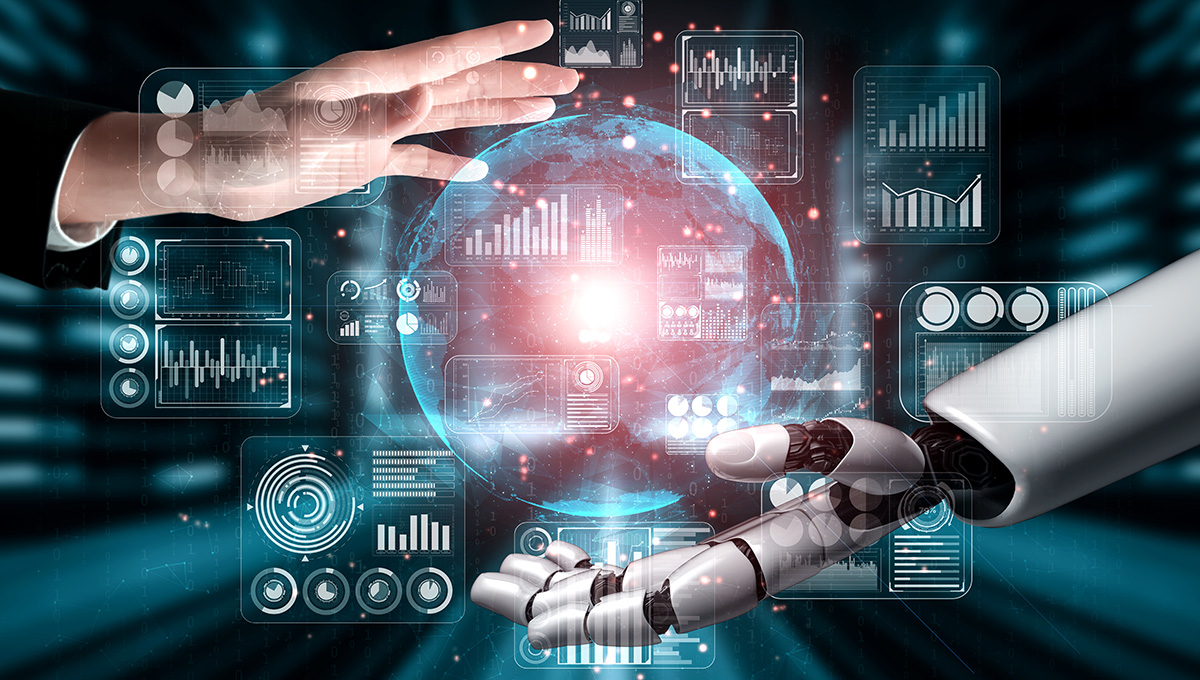AI stands for artificial intelligence. It means smart computers that can think and do tasks like humans. For example, AI can write a story, drive a car, or talk like a person. Many companies now use AI every day. Big tech firms, banks, schools, shops, and even hospitals use it.
But with this smart power comes a big question: how do we control it? That’s where AI regulations come in. These are rules made by governments. They help people use AI in the right way. They stop companies from using AI in bad ways. They make sure AI doesn’t harm anyone.
Now, many countries are making strong rules. The world is watching. People want AI to help, not hurt. That’s why AI regulations tighten in global tech markets.
3 Key Points to Remember:
- AI rules help keep people safe.
- Many countries are now making new AI laws.
- Tech markets need to follow these rules.
Why Are Governments Making Stricter AI Rules?
Many leaders around the world now say, “We need to control AI better.” This is because AI is growing very fast. It is getting smarter every day. Sometimes, it can be too powerful or even used in dangerous ways. For example, AI can spread fake news, steal private data, or even make unfair decisions.
A report from Newsweek NY talked about how the European Union (EU), the United States, and China are all setting tighter AI rules. These rules will stop AI from doing things like spying, lying, or hurting jobs.
In the past, tech companies made their own rules. But this didn’t always work. Some AIs caused problems. For example, one AI tool rejected loan requests unfairly. Another made bad comments about people. These mistakes made people worried. So now, governments want to step in and make strong laws.
Here is a chart showing which countries are making strong AI rules:
| Country | Regulation Name | Year Started |
| European Union | AI Act | 2023 |
| USA | Executive Order on AI | 2023 |
| China | Generative AI Rules | 2023 |
| Canada | Artificial Intelligence Act | 2024 |
Reminder: Governments act when people need protection from smart machines.
What Problems Do AI Rules Try To Fix?
AI is smart, but it can also make mistakes. That is why rules are important. Here are some problems the new laws try to fix:
- Privacy: AI collects a lot of personal data. It can learn things like where you live, what you buy, or what you watch. If this data gets stolen or misused, it can harm people.
- Job Loss: Some companies use AI instead of people. For example, a robot can now answer calls or write reports. This means some people may lose their jobs. Rules are needed to protect workers.
- Bias: Sometimes AI is unfair. If it’s trained with bad data, it may treat people badly. For example, it may reject job applicants based on race or gender. That’s not right.
- Fake Content: AI can create fake videos or voices. These can trick people. Imagine watching a video of a leader saying something they never said. That’s dangerous.
- Children’s Safety: Kids may use AI tools without knowing the risks. So, rules help keep children safe online.
These rules are made to keep AI helpful, not harmful. They make sure AI works for everyone.
Note: AI rules are like traffic lights — they stop danger and allow safe moves.
How Are Tech Companies Responding To AI Rules?
Tech companies know they must follow new AI laws. Some are scared. Others are ready. Big companies like Google, Microsoft, and OpenAI are already making changes. They want their AI tools to be safe and fair.
Some companies are hiring teams to test their AI. These teams check if the AI is fair, honest, and safe. Others are adding new buttons to their apps. These buttons help users report problems or ask for data to be removed.
Let’s compare old ways and new ways tech firms handle AI:
| Before AI Rules | After AI Rules |
| No safety checks | Safety reviews are required |
| Data used freely | User permission is needed |
| AI tools were secret | Companies now explain how it works |
Some small tech startups worry. They think new rules may cost them money. They may need to change their apps or slow down their growth. But in the long run, fair rules help everyone.
By following the rules, tech firms build trust. People will feel safe using AI tools again.
What Are The Main Parts Of These AI Rules?
AI regulations have many parts. Each part has a goal — to make AI safe, fair, and honest. Here are the big pieces:
- Risk Groups: Some laws sort AI by risk. Low-risk AI tools (like music apps) need fewer rules. High-risk tools (like self-driving cars or job scanners) need many rules.
- Transparency: Companies must say how their AI works. If an AI makes a decision (like giving or denying a loan), the user has a right to know why.
- Human Oversight: AI can’t make big decisions alone. A human must check the AI’s work in risky areas like health or jobs.
- Data Control: Companies can’t just take your data. They must ask. And they must protect it.
- Fines: If a company breaks these rules, they must pay money. This helps make sure everyone follows the law.
For example, the EU can fine a company millions of euros if their AI breaks the rules.
These laws are strong. But they also help AI grow in the right way. They support safety and fairness.
Will AI Innovation Slow Down With New Rules?
This is a big question. Some people think rules may slow down new ideas. They worry that inventors may stop making new AI tools because of fear or cost.
But others say the opposite. Good rules can help AI grow in a safe way. They give clear paths to build smart tools that don’t hurt people. For example, just like food makers follow food laws, tech makers can follow AI laws.
In fact, some companies say they now feel better. They know the rules. So they build their tools right the first time. This saves time and money later.
Also, people feel safer. When users trust AI, they will use it more. This makes the market stronger.
Here’s a comparison chart:
| Without Rules | With Rules |
| Fast but risky innovation | Safe and steady innovation |
| User trust is low | User trust is high |
| Bad actors can misuse AI | Bad actors face punishment |
So, while the speed may slow down a bit, the journey will be smoother, safer, and better for all.
Conclusion
The world is now building roads for AI. These roads have signs and limits, just like a real road. These rules do not stop AI. They guide it. That’s why AI regulations tighten in global tech markets today.
People want AI to help with learning, working, health, and fun. But they also want it to be fair, safe, and kind. Rules help that happen.
Countries, companies, and users must work together. With smart rules and smart minds, AI can be a good friend to the world.
Just like Newsweek NY said, this is a big moment in tech history. Let’s do it right.
FAQ’s
- What Does It Mean That AI Regulations Are Tightening?
It means that countries are making more rules to control how AI is used. - Why Are AI Rules Important?
AI rules keep people safe and make sure machines are used in a fair way. - Will AI Stop Growing Because Of These Rules?
No, AI will still grow. The rules will just help it grow safely. - Which Countries Have AI Laws Now?
Many countries like the USA, EU, China, and Canada have started AI rules. - How Do AI Rules Help Me?
They protect your data, stop unfair decisions, and make sure you know what AI is doing.




























